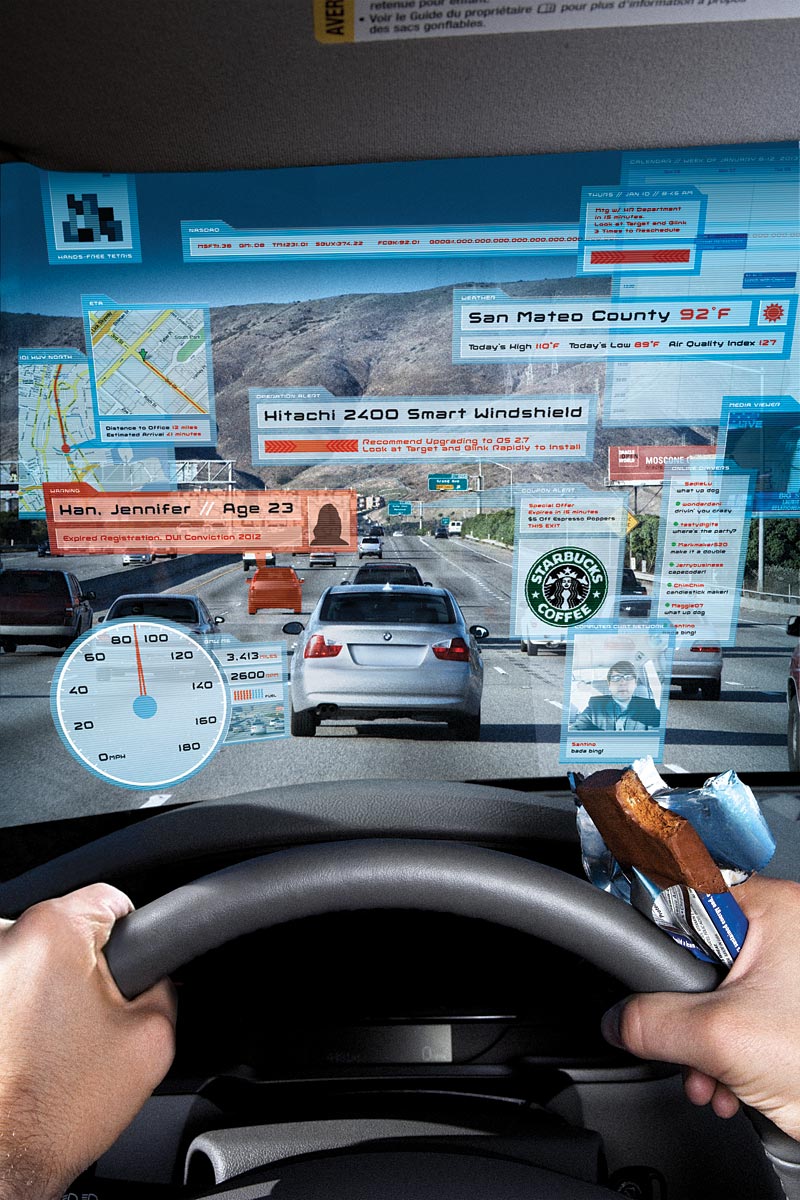I created a case for my ESP32 E‑Paper Status Display using Fusion 360, Cura and a 3D printer.
It is available to download at Thingiverse.
I created a case for my ESP32 E‑Paper Status Display using Fusion 360, Cura and a 3D printer.
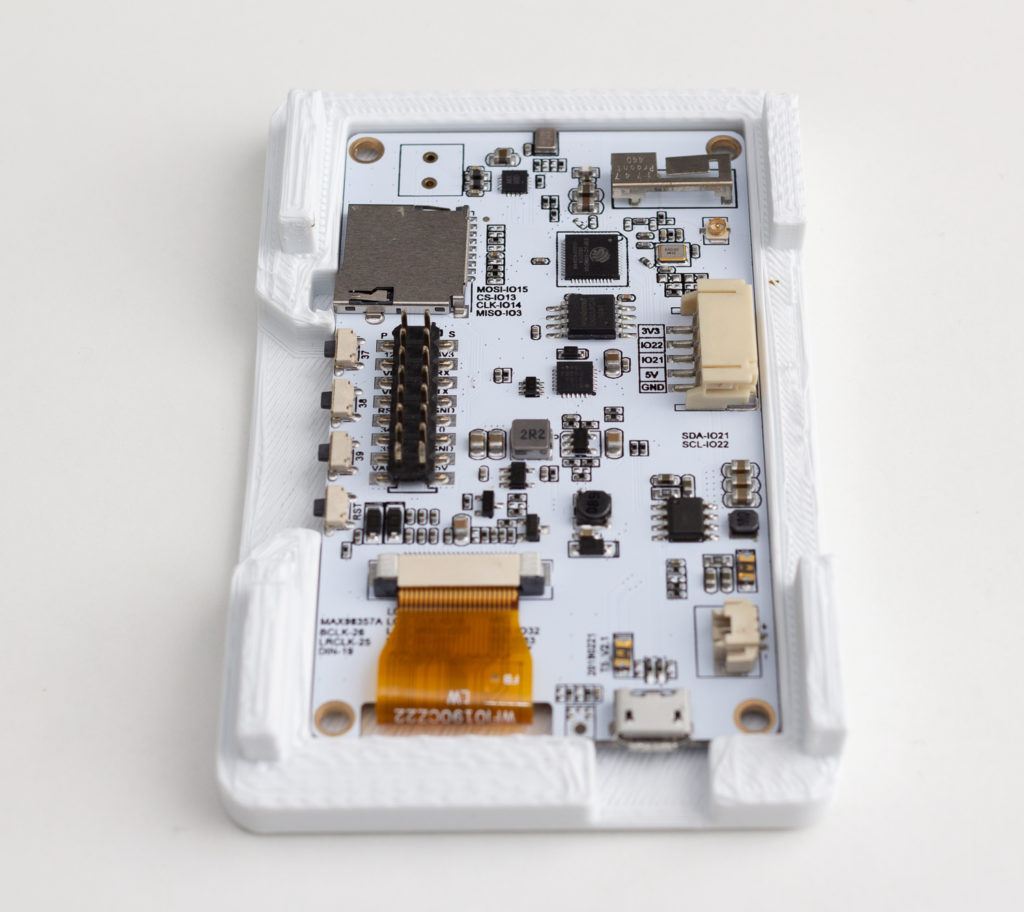
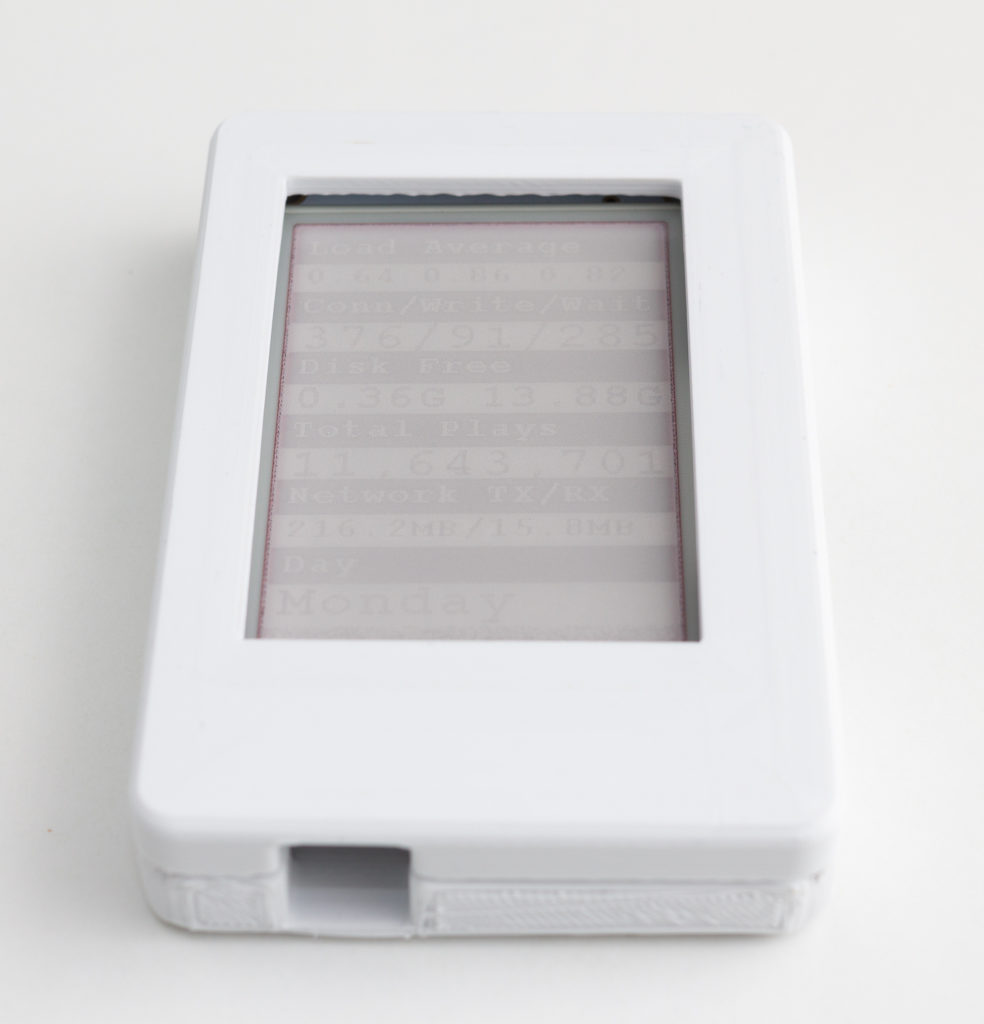
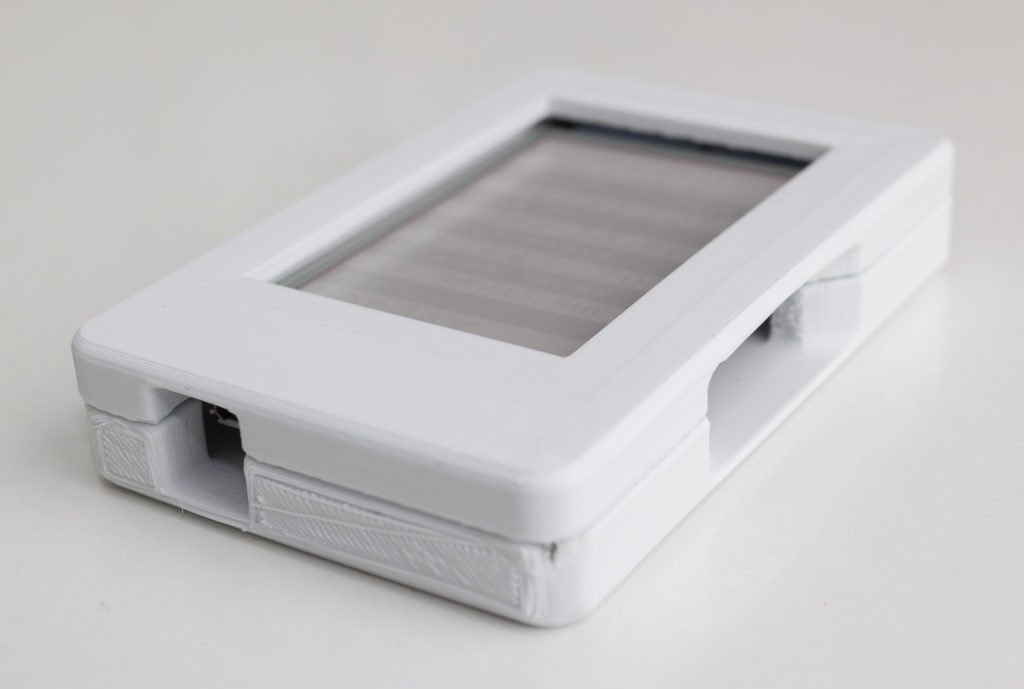
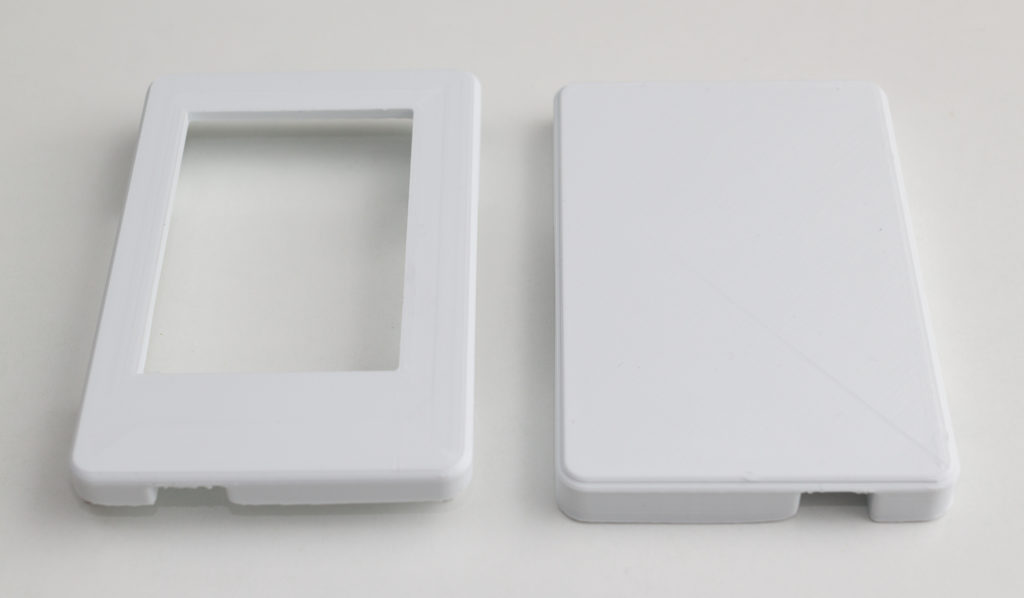
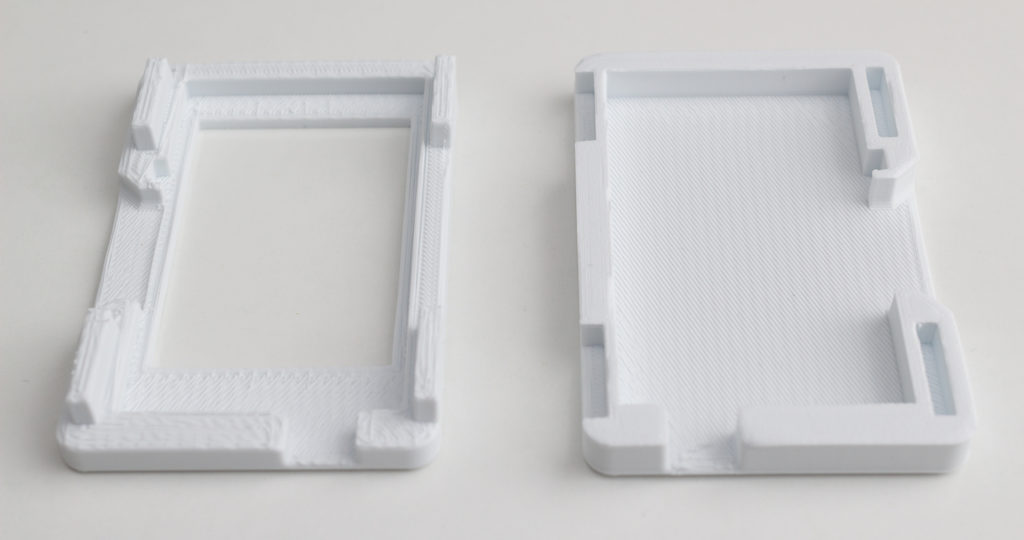
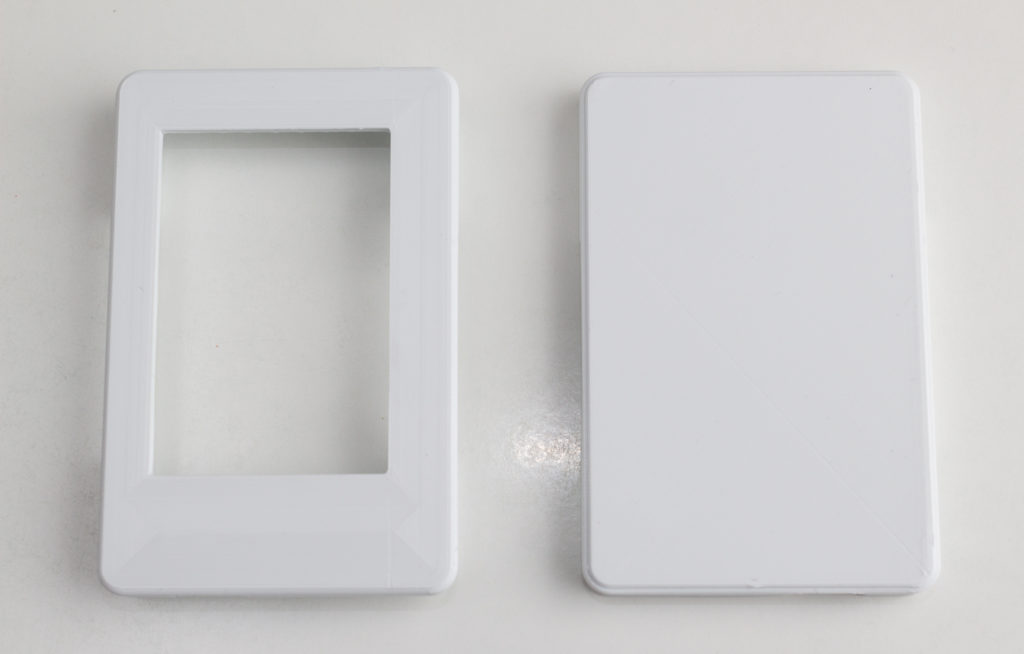
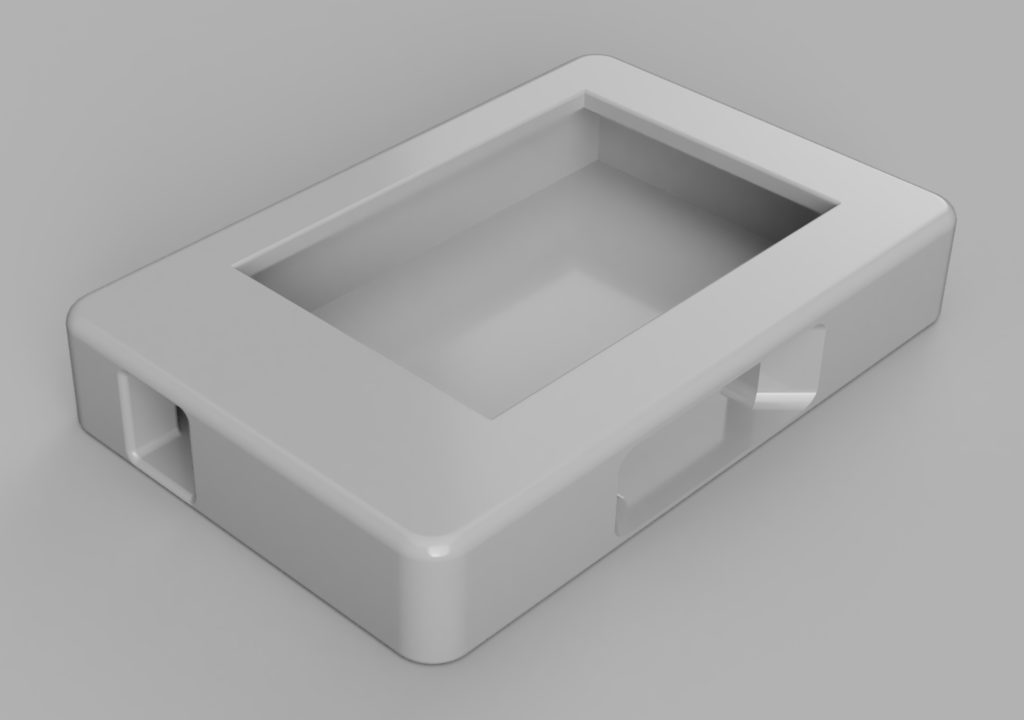
It is available to download at Thingiverse.
Using an ESP-32 board with an embedded E‑Paper display, I created a gadget that shows status information from my web server.
E‑Paper, also known as E‑Ink, only needs power when being updated, and uses no power between updates. This means that the gadget can be powered for weeks from a rechargeable battery.
The purpose of this gadget is to put on my wall or desk, and show regularly updated important information on my web server, to keep informed of web site problems and statistics. The information displayed can be easily changed, for example to the latest weather, news, currency prices or anything that can be accessed via the internet. E‑Paper means it uses a very small amount of power and heat, compared to a computer display or television.
You can view my code on GitHub if you are interested in making your own.
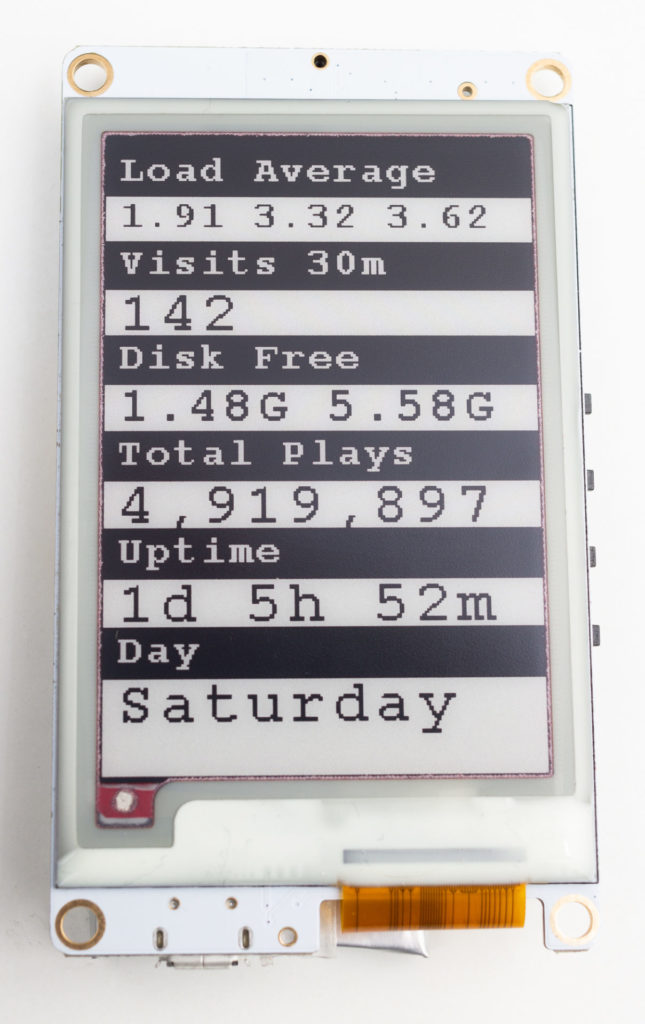
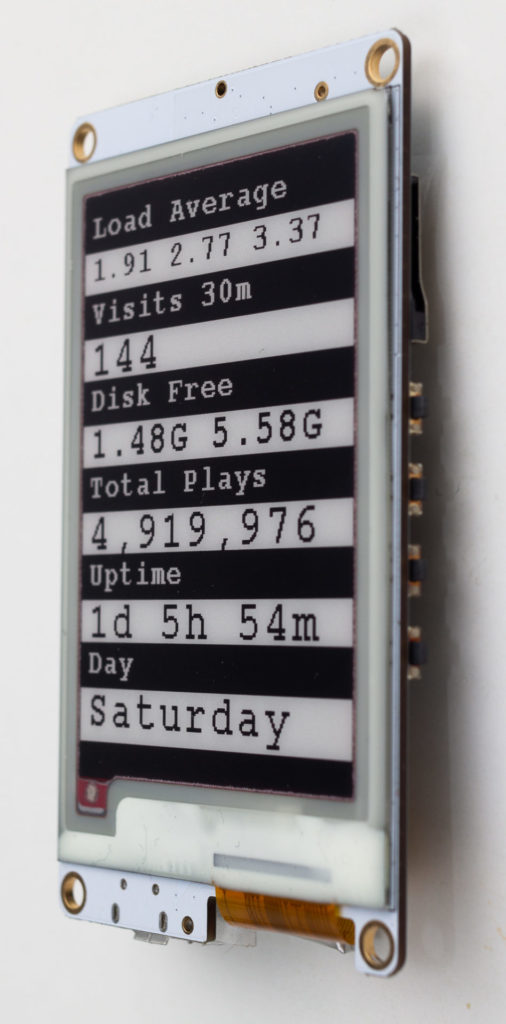
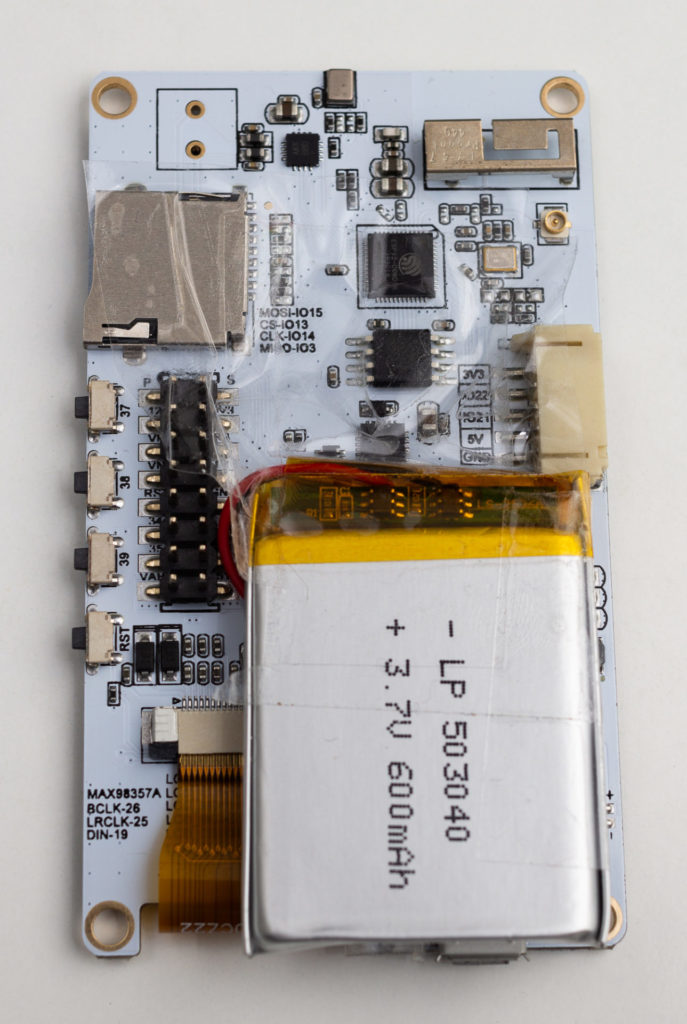
Using NodeJS and Express, I created a web interface to remotely control the pen drawing robot ‘Line-Us.’ Available from Cool Components.
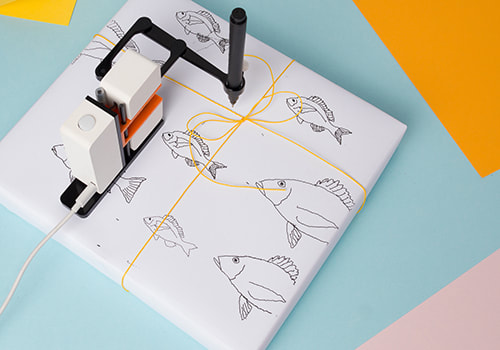
You can watch a video of it functioning here:
I was lucky enough to take an Autographer device on vacation to the United States this year.
This piece of wearable technology is designed to be an ‘automatic photographer,’ documenting your life without interrupting it.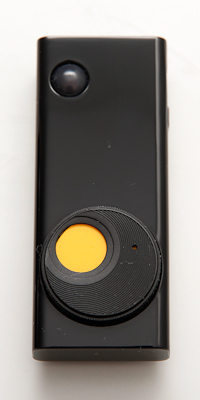
Autographer is a small wearable camera, that uses five sensors to determine optimal moments to take photographs. The sensors include a three axis accelerometer, compass, light sensor, heat sensor and GPS.
A few years ago I constructed a device using a keyring digital camera and an Atmel AtTiny chip (essentially a tiny, low power Arudino). The idea was to take a photograph at set intervals, in order to document a day’s activities. Power and storage requirements at the time meant it wasn’t feasible.
I found my Autographer camera lasted most of a day with a full charge. The 8GB storage lasted approximately three weeks.
It was a great talking point when meeting new people. And it is great to have memories documented. I have found it ‘reminds you to remember moments’ when looking through images. I believe back in the days of SenseCam, a target for the technology were patients with memory loss.
The software supplied can create short timelapse videos, and combine it with music. I made a quick video of a day at the beach, and won Autographer’s picture of the week, and received a t‑shirt.
Here is the video:
The lower circular part of the camera is a lens cap. When closed, it shows a bright yellow area. I found myself closing the lens cap during moments requiring privacy. This removed any doubt that perhaps the device was still operating:
I would highly recommend this camera for anyone who would like a record of their daily activities, perhaps on a special vacation. I have wanted to be able to record in this fashion for years, and this device functioned admirably.
You can find out more about this device at the Autographer web site
This week I have been performing highly unsecret research for MediaDroid Ltd. Prototypes:
